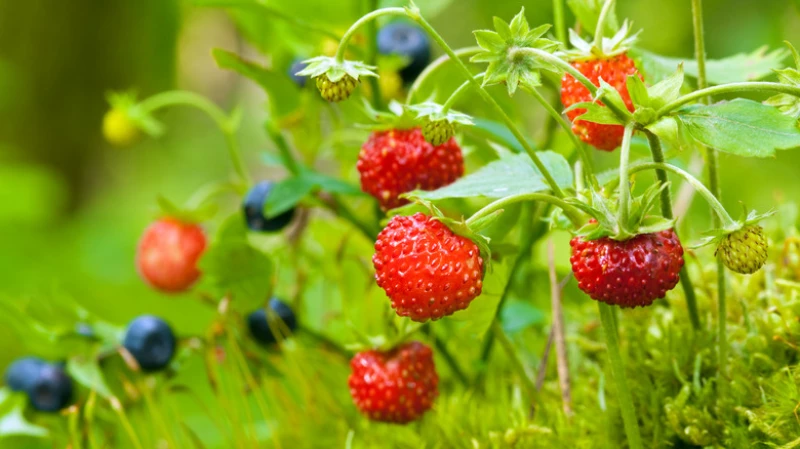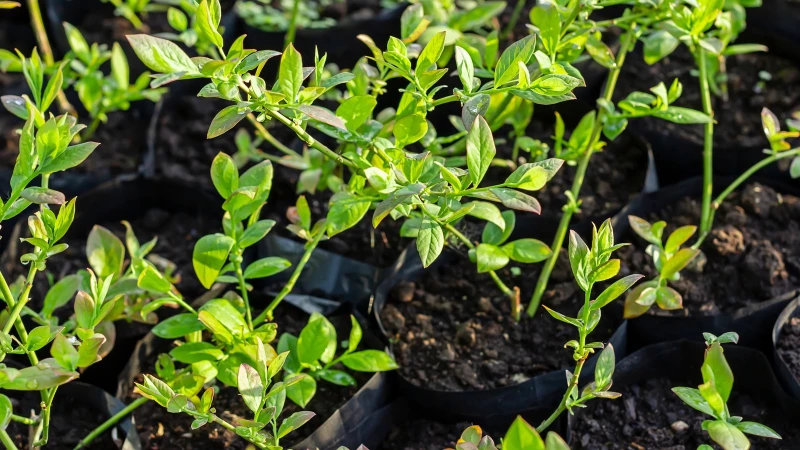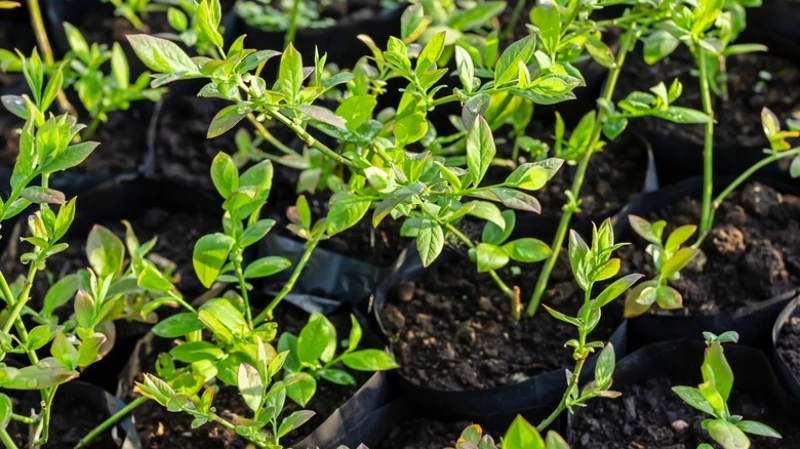Top Choice for Container Gardening: Easiest Berry to Grow
Growing berries in containers is a fantastic option for individuals with limited space. Whether you're an urban gardener or residing in an apartment, cultivating berries on your balcony, patio, or windowsill is achievable. Strawberries, blueberries, and raspberries are exceptional choices for container growth. They easily adapt to the confined conditions of pots and still yield fresh, delicious fruit.
Nevertheless, not all berries are suitable for container cultivation. Some may grow too large or have specific requirements that cannot be fulfilled when planted in a container. When selecting the type of berries to grow, it is crucial to consider their care needs. Take into account the pot's size, the ideal soil type for growth, as well as the sunlight and water necessities. By choosing the appropriate berry plant for your container garden, you'll ensure bountiful harvests throughout the season.
Strawberry plants are one of the easiest berries to grow in containers. Strawberries offer numerous advantages that make them a popular choice since they are adaptable and versatile. Aside from regular watering, occasional fertilizing, and pruning of runners, strawberries are easy to grow and care for. Many varieties are well-suited, flexible to container life, and offer continuous harvests throughout the season.
Their shallow root systems allow strawberry plants to thrive in pots, hanging baskets, and window boxes. When planting your strawberries, you'll want to find a pot that's at least eight inches deep and between 10 to 12 inches wide. This pot will easily fit two to three strawberry plants and is deep enough to accommodate their root systems. Everbearing, day-neutral, and June-bearing are three types of strawberry varieties that are great in containers. By choosing a mix of these strawberry types, you can enjoy harvests throughout summer and the rest of the growing season.
Other berries that grow well in pots
In addition to strawberries, raspberries and blueberries are also well-suited for containers. Dwarf varieties of raspberries, such as Ruby Beauty or Raspberry Shortcake, reach two to three feet tall and are self-supporting. They don't require trellising, complicated supporting structures, or lots of space, simplifying their care and making them ideal for pots.
Strawberries and blueberries make an excellent pairing in the garden and thrive when planted together, especially in limited spaces. Despite having slightly different pH preferences, they both flourish under similar conditions, making them ideal companions for large containers. Strawberries prefer pH levels between 5.3 to 6.5, while blueberries thrive in pH conditions of 4.5 to 5.5. The adaptability of strawberries to pH variations allows them to coexist harmoniously with blueberries. Both fruits require well-draining soil and ample sunlight, so it's essential to plant them in a spot that receives at least six to eight hours of sunlight daily.
When planting strawberries and blueberries together, ensure you select a sufficiently large container to accommodate both plants. Opt for a container with a diameter of at least 24 inches or more to provide ample space for growth and nutrient access without competition or overcrowding. Additionally, the different growth habits of strawberries and blueberries complement each other. Strawberries spread horizontally, creating a fruit-bearing ground cover that helps keep the vertically growing blueberries free from weeds.
Which Berries Are Not Ideal for Planting in Containers?

When it comes to container gardening, not all berries are suitable for planting in pots. Blackberries, cranberries, and currants, for example, pose certain challenges that make growing them in containers more complicated. Blackberry plants, in particular, tend to grow large and sprawling, with vines that require support. Additionally, they produce long canes that can be hard to manage in a container. Without proper care and adequate space for growth, they can quickly outgrow their containers and become unruly. While there are dwarf varieties like Baby Cakes designed for containers, non-dwarf varieties may thrive better in a garden setting.
When it comes to growing berries in containers, not all types are created equal. Cranberries, for example, are not ideal for container growth due to their preference for bog-like conditions that are hard to replicate in pots. These berries tend to spread horizontally, making them more suitable for large, shallow areas rather than confined containers. On the other hand, currants can thrive in containers but require consistent watering to produce flavorful and juicy fruits. Neglecting to water them enough can result in stressed plants and lackluster harvests.
If you're looking to cultivate berries in limited spaces, it's best to opt for varieties that are well-suited for container growth, such as strawberries, blueberries, and raspberries. These berries are more adaptable to pot living and come in varieties that are suitable for small spaces and various climates.









